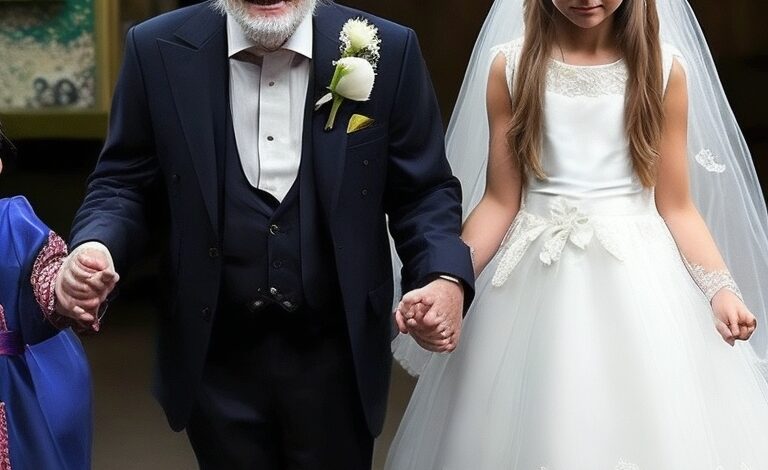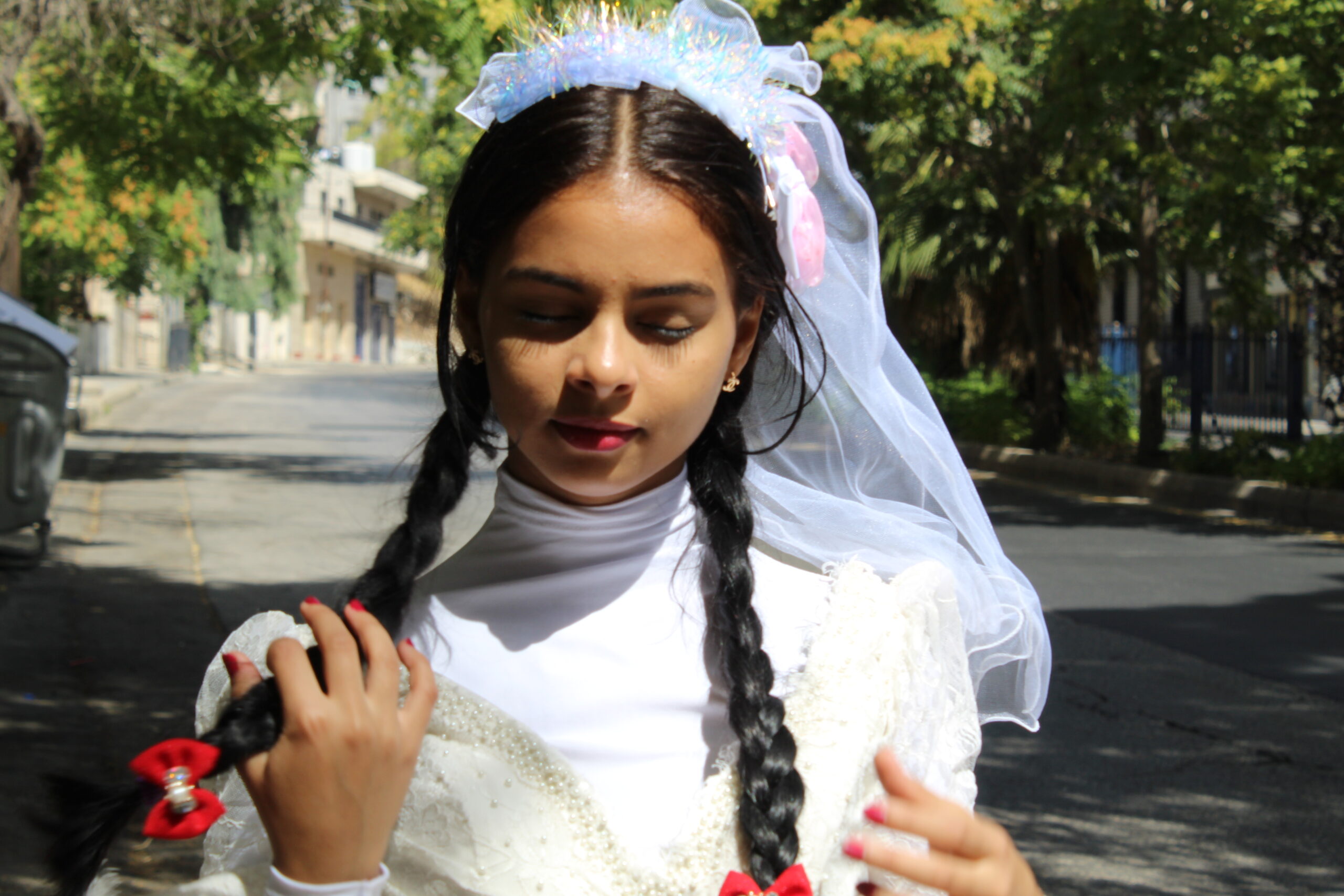Child Marriage Act in India: Tackling the Hidden Crisis

Marriage is a sacred institution celebrated in various cultures worldwide. It signifies love, commitment, and companionship between two consenting adults. However, in some parts of the world, including India, the notion of child marriage persists, shaking the very foundation of human rights and social progress. This archaic practice denies children their rightful childhood, education, and opportunities for a better future. It is crucial to shed light on this issue and advocate for change to safeguard our nation’s vulnerable youth.
Child marriage refers to any formal or informal union where one or both parties are below the age of 18. Shockingly, India has the highest number of child brides globally. According to UNICEF, 27% of girls in India are married before they turn 18, with some regions reporting even higher rates. This prevailing custom continues to rob countless young girls of their innocence and potential.
The consequences of child marriage are dire and far-reaching. These innocent children are forced into adult responsibilities at a tender age, preventing them from enjoying their childhood and inhibiting their physical, emotional, and intellectual development. Often, these young brides are subject to domestic violence and suffer from physical and mental health issues. Additionally, they are usually deprived of education, perpetuating the cycle of poverty and denying them a chance to break free from the shackles of inequality.
Tradition and poverty are often cited as reasons for the persistence of child marriages in India. Customary beliefs and societal pressure to uphold traditions have hindered progress towards eradicating this harmful practice. Furthermore, poverty-stricken families may view child marriage as an economic burden alleviation strategy, believing that marrying off their daughters will ease their financial struggles. However, it is crucial to debunk these fallacies and address the root causes driving child marriage in our society.
The Indian government has taken steps to address the issue of child marriage through legislation. The Prohibition of Child Marriage Act was passed in 2006, criminalizing child marriages and establishing legal measures to prevent and protect children from this harmful practice. However, mere legislation is not enough. Implementation and enforcement of these laws remain a challenge in many rural areas where child marriages are prevalent. We need a comprehensive approach involving awareness campaigns, community engagement, and strengthened legal frameworks to ensure lasting change.
Non-governmental organizations (NGOs) have also played a crucial role in combating child marriage in India. These organizations work tirelessly to rescue child brides, provide them with shelter, education, and skills training, empowering them to build a brighter future. Moreover, they raise awareness in communities and advocate for policy changes that will protect children and promote gender equality.
As concerned citizens, we must also stand up against child marriage and contribute to this cause. Education, both for girls and boys, is vital in challenging the norms that perpetuate child marriage. By understanding the consequences and implications of child marriage, we can collectively shift attitudes and create a society where every child enjoys their right to a childhood and reaches their full potential.
The time for change is now. We need to mobilize resources, engage communities, and strengthen laws to put an end to child marriages in India. Let us work together to empower our children, ensuring that they have the freedom to choose their own paths and fulfill their dreams. Together, we can break the chains of this harmful tradition and build a brighter future for the next generation.
Human right activist
Nada Foundation




